Where Can I Fly my Drone in The United States? A Real Guide
A huge part of my nature adventures and the photos I take involve using drones, but with all the laws which exist which restrict flights, people like myself and other fliers often ask “where can I fly my drone in the United States?” and so I will present this guide that will help you figure out where you can legally fly.
Note: I am not a lawyer or part 107 drone pilot, and the advice on where you can fly your drone in the U.S is based on my personal experiences flying drones for a long time and studying this subject as a regular individual so if you are concerned about it, you may want to ask for legal advice on this. I do my best to follow all drone laws so this guide reflects that.
Anyone who has ever used a drone to take pictures and videos will tell you how amazing the footage can be and the possibilities of capturing breathtaking moments is raised to new levels with these things. But as you get more and more involved with this industry, you begin to see a new, perhaps arguably a darker, yet necessary side: The regulations. The more you try to figure these regulations out, the more and more one can draw the conclusion that LEGAL drone flying is at best VERY restrictive.
Important things to know:
This topic is a bit complicated. The truth is that it’s hard to know where you can legally fly your drone without constantly looking around for authorities or angry onlookers, but: I will try to help you untangle it and actually help you fly safely and legally. We’ll start with the fact that drone laws across countries are different in specifics, but overall similar.
Each country has it’s own laws and each region inside the country also has it’s own laws regarding these UAVs. So for the sake of not over complicating an already tangled web, we’ll stick to the laws in the United States specifically. As I explore more and more countries across the world and attempt to use my drones there (where ever possible), I will inform you all about what happened and where you can freely fly. For now, we’ll stick to the U.S.
Again, I want to say that I am NOT a lawyer. I am simply a lover of drones and one who wants to enjoy using them legally. I have in the time I’ve been using these things (I have 3) flown across MANY places and have taken some amazing footage. But the fact is, most authority figures in this industry who try and tell you where you can and cannot use them, simply do not go as deep as this article will go. So let me go deeper:
Summary of drone laws:
First, you have to understand that there are federal, state and local laws inside the U.S regarding drones:
Federal law, aka the law set by the FAA (Federal Aviation Administration) is the one most people know about. But it is more of a general guideline. Here are the basics in case you don’t already know (screenshot from the FAA site):
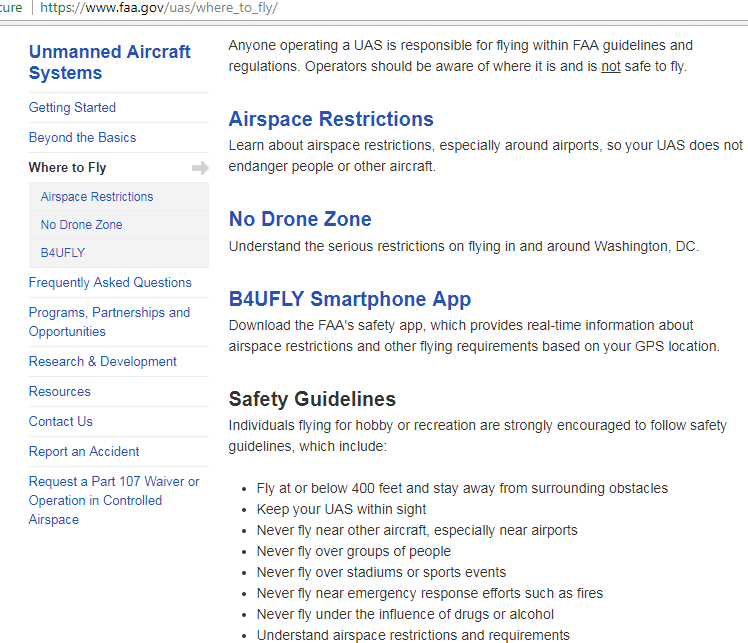

Here is a link to the FAA page itself in case you need more information. Some updates to note about these rules including some that aren’t mentioned on the page:
- The 400 foot rule applies to the area you’re in from my understanding. If you wish to film an object, say a hill/mountain that is 500 feet high, you can actually go above it and go up to 400 feet ABOVE the 500 foot mountain. This is written inside drone regulations.
- There was once a mandate to register any UAV you purchased with the FAA. Recently there was a court case where one man proved that this registration was unconstitutional and supposedly since, the mandate has been removed. I would be careful with this and register your drone anyway just in case, until there is a more definitive finalization of this.
Update: This mandate has been restored.
Where you can’t fly drones:
Basically national parks and other similar areas. For example:
- Delaware Water Gap (It’s a national recreation area).
- The Mighty 5 National Parks.
- Yosemite National Park.
- Big Sur (National Park area).
- Cape Flattery (private land).
You’ll notice not all of these spots are officially labeled as National Parks, but if there is a national word to it, check the rules. I did hear that National forests, state and local parks (not parks) might be an exception (check the rules again). As for national parks, you have to receive special permission from the park itself in order to do this (Good. Luck. I heard it’s impossible).
Exceptions: However, a sneaky rule around that is if you take off and land outside the National Park territory, you’re good. Now one would think that these rules are good enough to oversee the entire US land, but it is simply not so! Here’s why:
Drone laws in states explained:
Each state inside the U.S has it’s own laws regarding UAVs. From what I have seen and heard, most of the states, which are most restrictive about UAVs generally do not allow them to be used to film or fly above people and private property. Honestly, this is a duh rule to even mention, but even so. Even if the state you’re in “allows” you to fly, you still have to look at things like:
- State parks. This is generally a “yellow” area of flight, meaning it is necessary use your drone with caution. To fully know if the park you’re in allows you to use them, you will need to call up the administration. In many cases, I have heard that state parks will not allow you to fly. Never the less, call them up and find out.
- Mountains with ski slopes. This is a total no no. I found this out when I was checking out Cannon Mountain in New Hampshire. Although I had my drones, I never used them because I first asked and they told me, it is completely against the rules, the reason being that since people ski through there, it is considered a hazard, not to mention the the ski lifts and gondolas.
- Military bases. Another no-no. You shouldn’t even have to wonder about this one…
- Dams. A yellow flag at best and a red one at worst. Dams are generally places you should not fly, at the very least, ask the administration there. For example, Ausable Chasm is a gorge and dam, and therefore has restrictions.
- Cities. Each city in a state has it’s own rules as well. Again, call up the administration of it or check out their site.
So the point here is that these 5 categories alone may often contradict the federal laws so be careful. I’ll give you an example: I love to go to the Catskill Mountains. There’s places there that would be absolutely stunning for drone footage and video, but keeping these rules in mind, I have to be VERY careful. Why? Well here is an image of Catskill Park on a drone map:
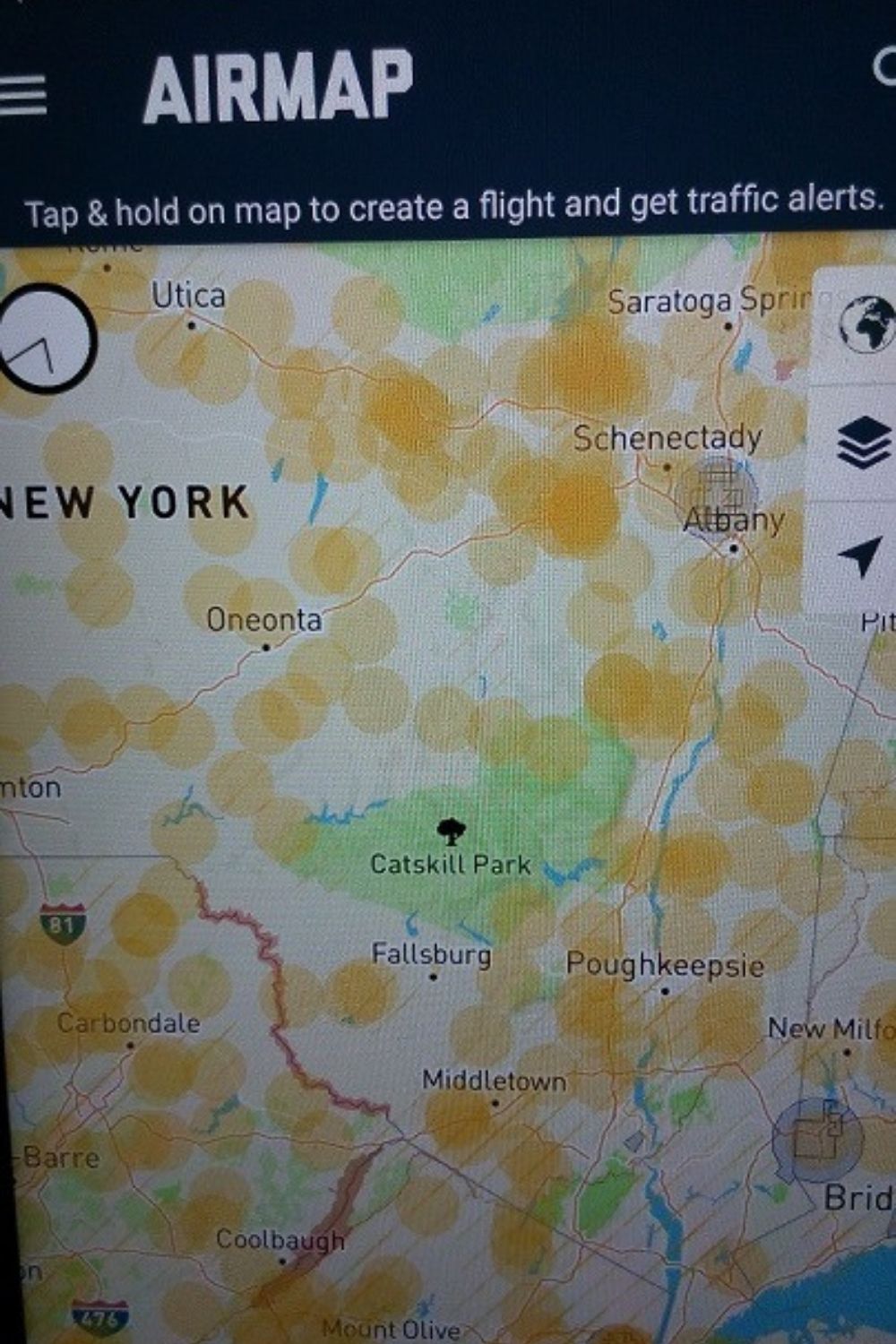

Note, this is a state park, not national park, so the rules may be more flexible! I am actually taking this image from an APP (It’s called AirMap) that shows me where I can fly with my drone and look, there’s literally no circles or seemingly any restrictions in this region…
Safe right? Not so fast: There is a ski mountain called Hunter Mountain in that region plus a bunch of private property in large masses (farms). Based on the rules we already went over, I would not be able to fly in many of those areas, so be careful.
Local drone laws summarized:
Within states, we have cities, regions, boroughs and more. These places may have parks, private property and each of these places also have their own laws which would supersede the federal and state law. For example, there is a park I absolutely love to go to called Clove Lake’s Park. It is located in Staten Island, NYC. Checking the same AirMap app I talked about, half of it is in yellow and the other is in yellow lines, technically this would mean it’s cautionary to fly there.
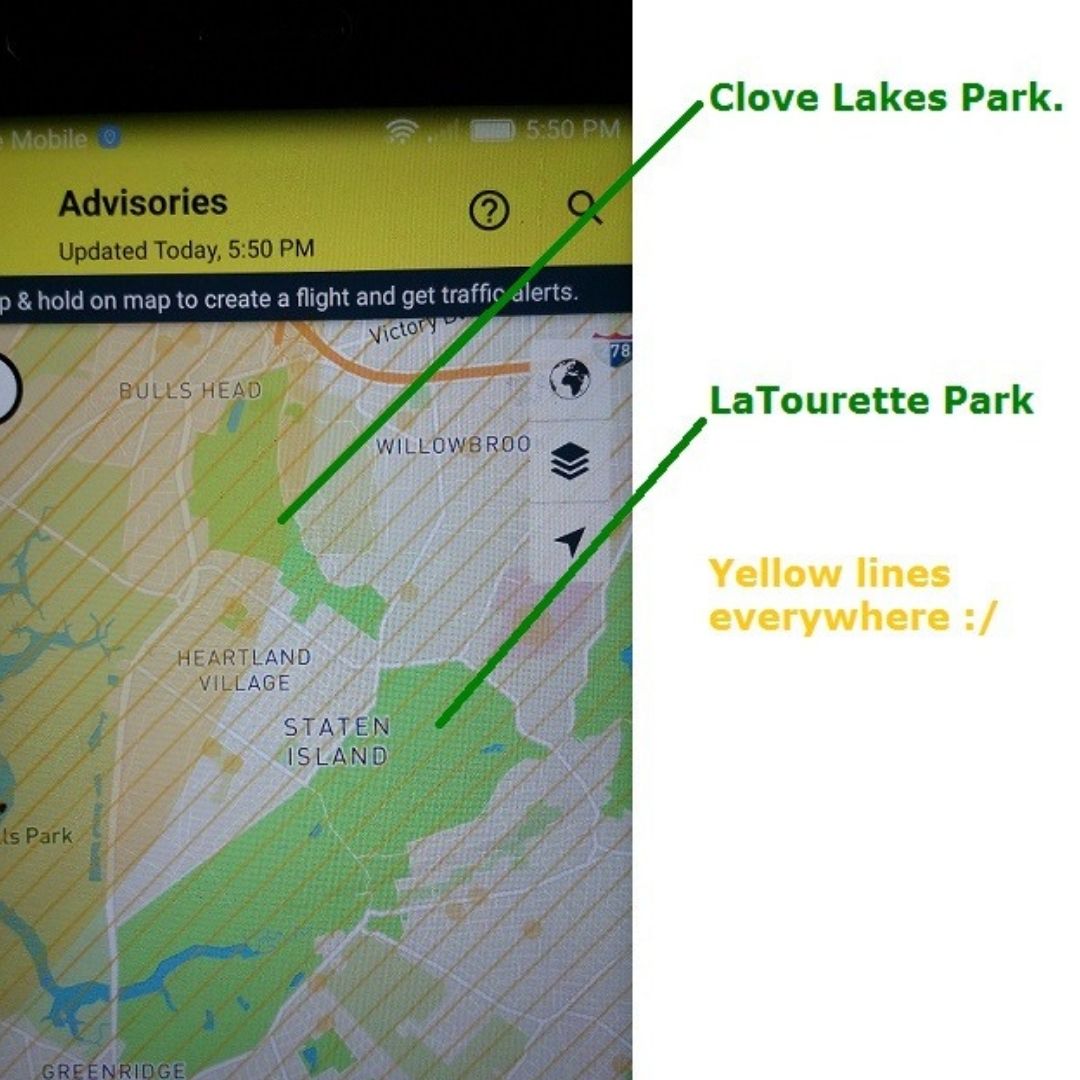

But when I called Clove Lake’s park administration, they told me it is not allowed. I assume it is because there is wildlife which is another apparent rule in place (you can’t disturb it). However, if you look right next to it (south), there is another park called LaTourette Park which by the official NYC website is one of the 5 allowed parks where you can use your UAV. But the app says I should cautious.
There’s 2 more examples of potentially contradicting evidence. Sometimes the safest thing to do is to contact a ranger or an official at a park you’ll visit to find out for sure if you can fly your drone there. For example, an amazing area I’ve visited on the Pacific Coast on 2 road trips is Natural Bridges, and Secret Beach. These places are legal to fly at because I’ve contacted the rangers and asked them directly if it was allowed. Once they said yes, I had a green light to shoot these amazing photos:
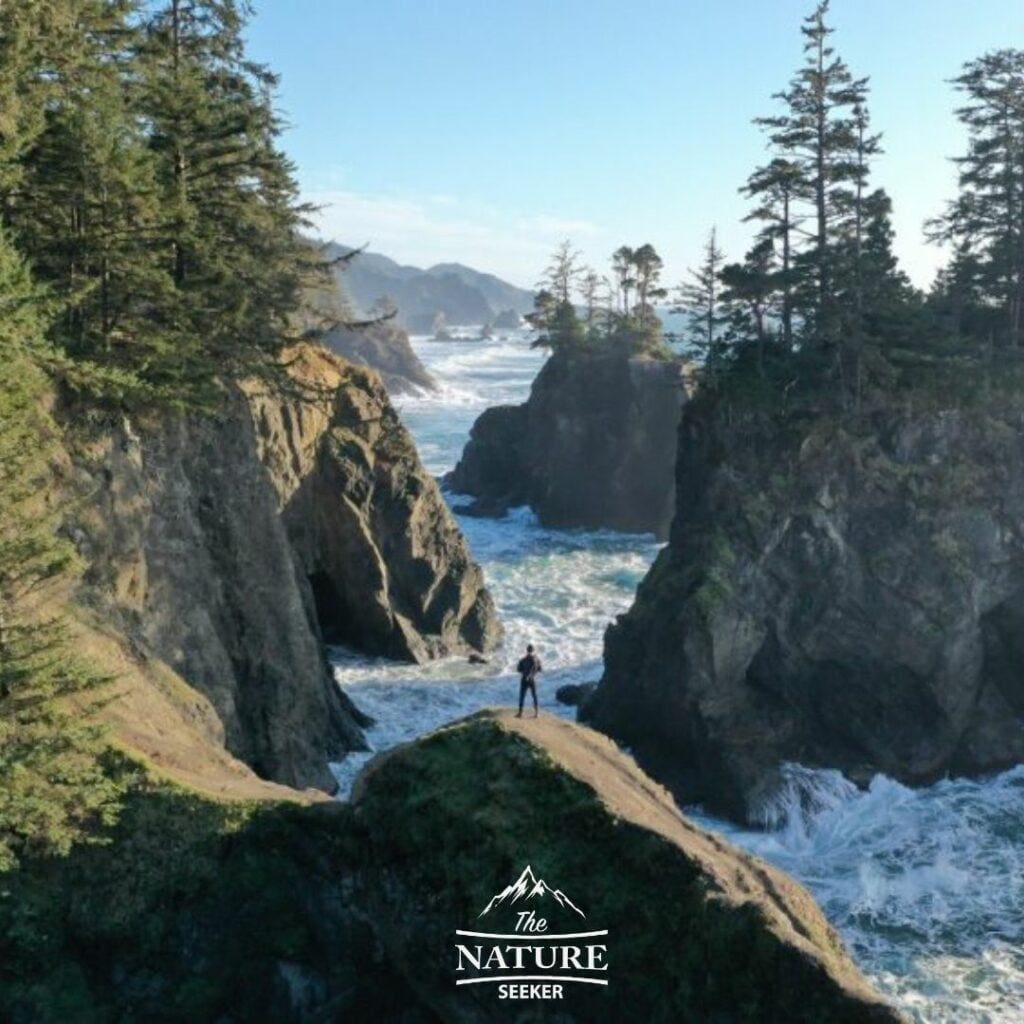

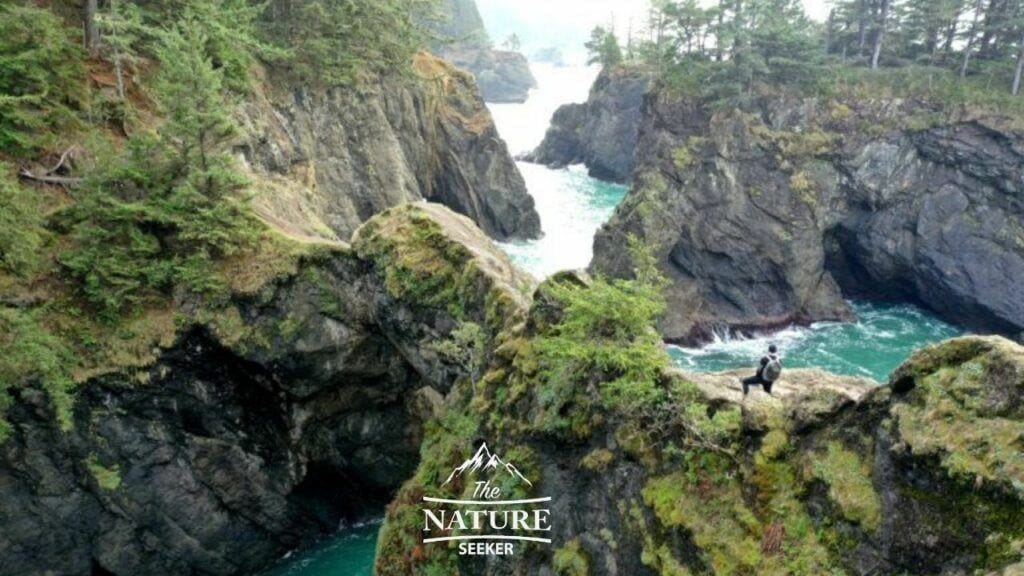

And if you’d like to see where this spot above is exactly, it’s called Natural Bridges and here are directions to it. It can be found on the amazing Oregon Coast.
How to figure this out:
No matter where you are planning to fly, aside from the very basic rules (5 miles from any airport, never in National Parks and no higher than 400 feet), you will always find different airspace rules depending on where you are and where you wish to fly your drone. However here are some guidelines that’ll help you with this:
- Obviously be mindful of the federal (general) rules.
- Use an app like AirMap to identify if the area you’re in is restricted or not.
- Double check with the local administration of the area you’re planning on flying in if you’re allowed to fly or not.
- Keep in mind the rules I talked about with regards to lifting off and landing outside a National Park, a no go zone for drones and that if you do it OUTSIDE it, you’re OK.
- Google which areas in the state you’re in ALLOW you to use your drone.
Last things to keep in mind:
Drone pilots by a LARGE majority are very safe fliers in my experience, they just aren’t appreciated, it’s a few bad pilots in the past who did stupid things that ended up making this web in the first place and it needs to change ASAP.
The drone industry is rapidly rising in popularity and this new opportunity extends BEYOND just hobbies, it is used in real estate, to save people, it expands commerce in many ways. I get that it can also be used with malicious intent, but the possibility of that is far, far lower and good pilots, which is the majority should not be punished for that in my personal opinion!
Update:
I have a lot of new drone footage to share of other beautiful areas:
Even though there are a lot of regulations, I still make sure that each time I fly that it’s in the “green” areas I find. I want to share some amazing photos I took on a west coast trip in California, Oregon and many of the other western states. Here are the details of 10 beautiful spots I recommend seeing on the Oregon Coast.

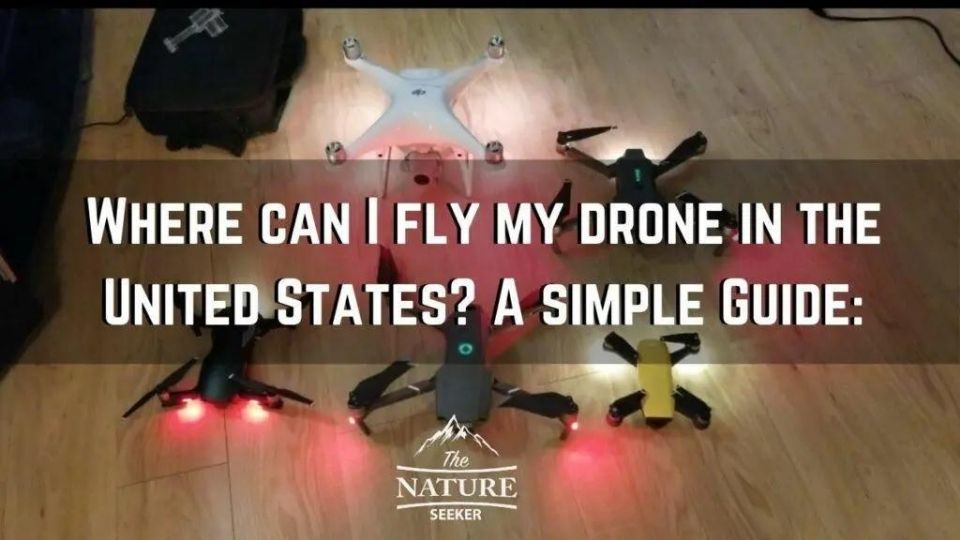
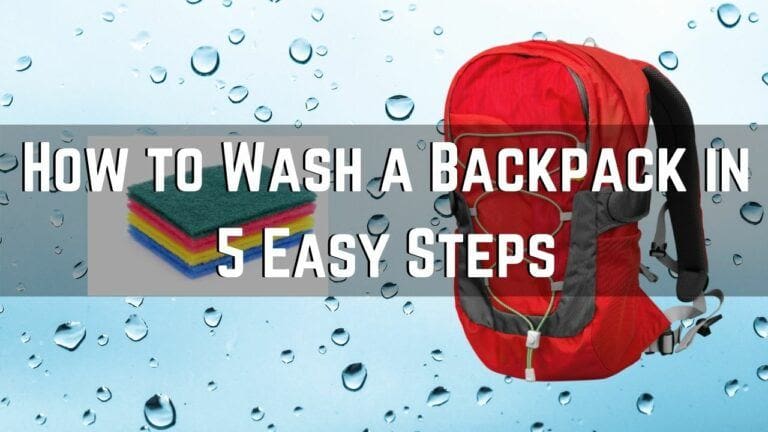
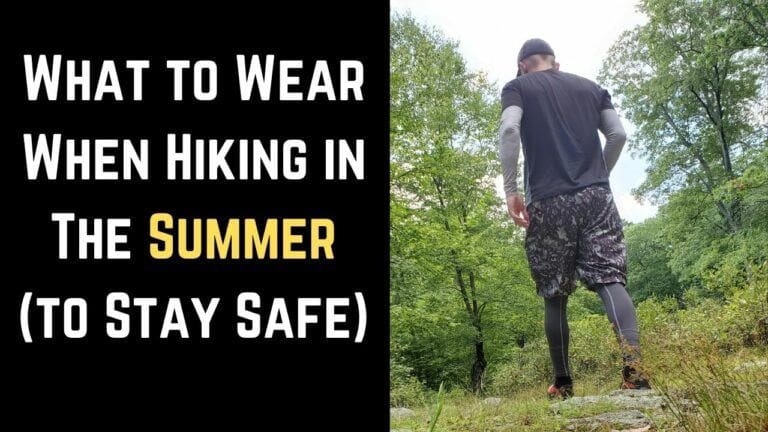
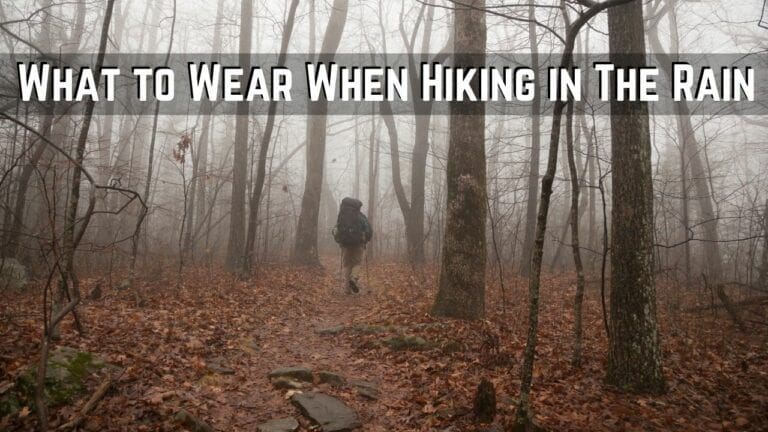
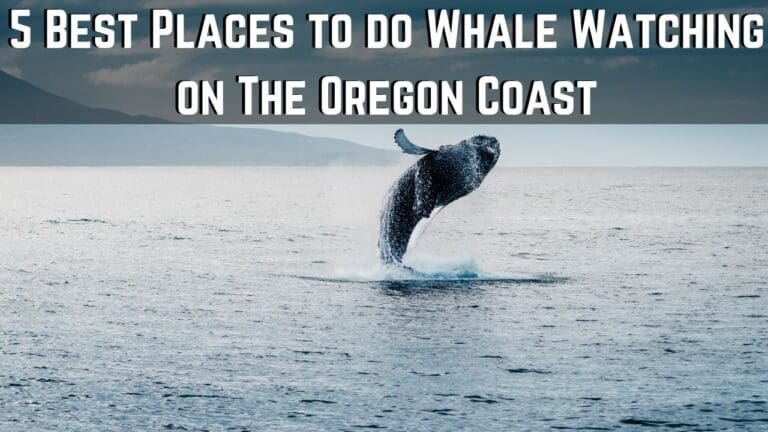

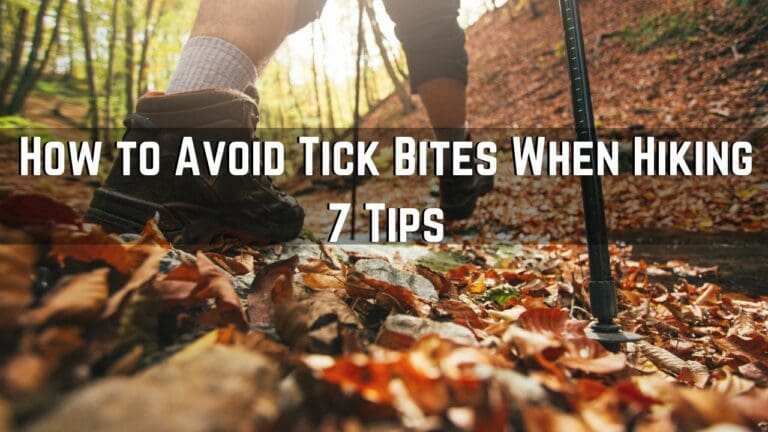
I think it is a very grey area of regulations. I am a drone lover too and I never thought how many restrictions are there. Moreover I live in Canada and I bet there will be similar restrictions as the ones you described in your post. Also just wondering, if a drone made a video or a photo of a person will this be consider as violation as well? Thank you for the post.
As far as I know, if the person you photographed consented to it, it should be alright, otherwise, I would not fly around filming or taking pictures of people, many of the regulations actually prohibit this type of stuff. In Canada, I believe regulations are actually far more strict on drones than in the U.S.
I wonder what the state rules are for flying drones in New York. I live in the city and have never seen one, so I can not imagine any place in the city where I would be able to fly a drone. It would be cool to own a drone, but there are just to many restrictions you have to worry about.
I don’t think you’re allowed to fly in the city, but install the app I talked about and see if there’s any area that is not restricted.
Well the areas where people ski and military bases are no brainers but thanks for the others. I always feel timid when my boyfriend flies his. I feel like someone is going to send a missile at it or something. Every where seems like a no no. Then where are we supposed the fly the dang thing? He loves it like a kid so this was really helpful.
I’ll let him go through it in the morning.
Yes this is a problem all drone pilots and those who want to obey the law face. I guess the real solution is to use the app I mentioned, find the allowable areas and cross reference it with a local administration to see if it’s private property and if it’s allowed. You can fly on your own property though.